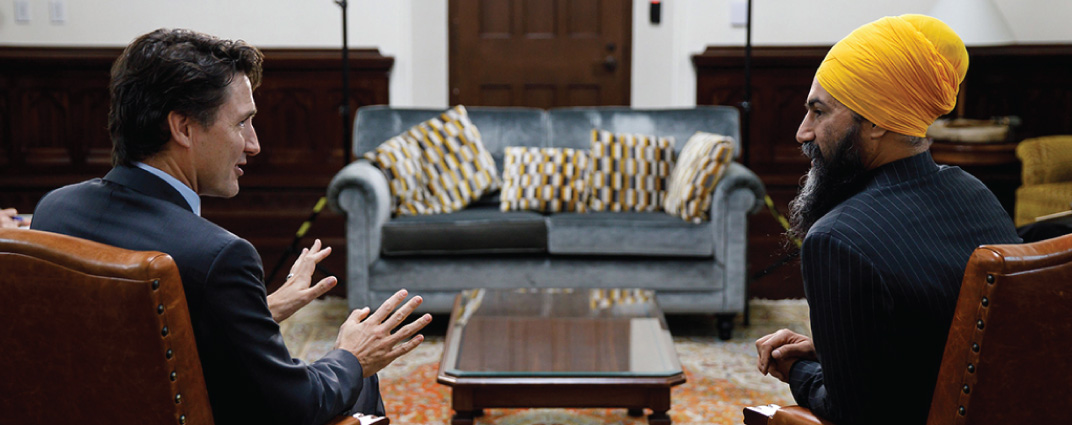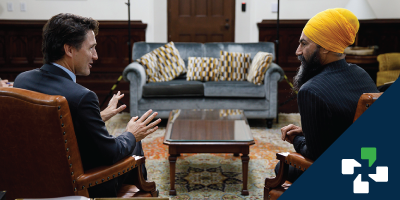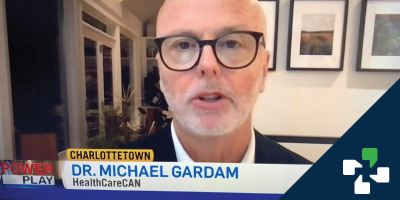
The parliamentary precinct in Ottawa was abuzz this week over a three-year supply and confidence agreement reached between the governing Liberals and New Democratic Party.
Descriptions of the deal ranged from Prime Minister Justin Trudeau saying the deal meant “the government can function with predictability and stability, present and implement budgets and get things done for Canadians” to interim Conservative Leader Candice Bergen’s much less optimistic take: “This is not a good day for Canadians.”
Québec Premier François Legault also warned that the deal could lead to confrontations with the provinces concerning healthcare funding, although many provinces are eager to receive much-needed federal support to address increased healthcare costs and address backlogs for procedures.
What the deal promises for healthcare
- A new dental care program for low-income Canadians. The program would start with under 12-year-olds in 2022, then expand to under 18-year-olds, seniors and persons living with a disability in 2023, then full implementation by 2025. The program would be restricted to families with an income of less than $90,000 annually, with no co-pays for anyone earning under $70,000 annually.
- Continuing progress towards a universal national pharmacare program by passing a Canada Pharmacare Act by the end of 2023 and then tasking the National Drug Agency to develop a national formulary of essential medicines and a bulk purchasing plan by the end of the agreement.
- Recognizing that health systems have been stretched because of COVID, the parties realize that additional ongoing investments will be needed in the immediate future to address these pressures. The Liberals and NDP pledge to work with the provinces and territories to determine how together they can deliver better health outcomes for Canadians, including more primary care doctors and nurses, mental health support, aging at home, and better data.
- Tabling a Safe Long-Term Care Act to ensure that seniors are guaranteed the care they deserve, no matter where they live.
HealthCareCAN’s view
The new agreement between the Liberals and the NDP adds to the importance of ongoing HealthCareCAN outreach to parliamentarians from all parties to impress upon them the importance of advancing urgent support for healthcare transformation and health research. We have also provided a submission to the Standing Committee on Science and Research with recommendations to position Canada’s health research and life sciences sector to better serve Canadians, and ensure its future scientific, economic, and global success. Recommendations include adapting federal health research and innovation funding structures, policies, and levels of investment – especially for health research institutes – to support more strategic and better integrated health research and maximize innovation.
HealthCareCAN is also stressing the need to build a more inclusive, equitable, green and resilient health system that meets the needs of all Canadians by:
- Implementing a national health workforce planning strategy to gather workforce data to tackle the shortage of health professionals and address the factors hindering recruitment and retention.
- Modernizing Canada’s health infrastructure by increasing capital investments in healthcare to a minimum of 0.6 per cent of GDP, over the next five years, to better align with Canada’s OECD counterparts.
- Increasing health transfers to provinces and territories to ensure consistent, long-term funding for healthcare that keeps pace with increasing costs.







